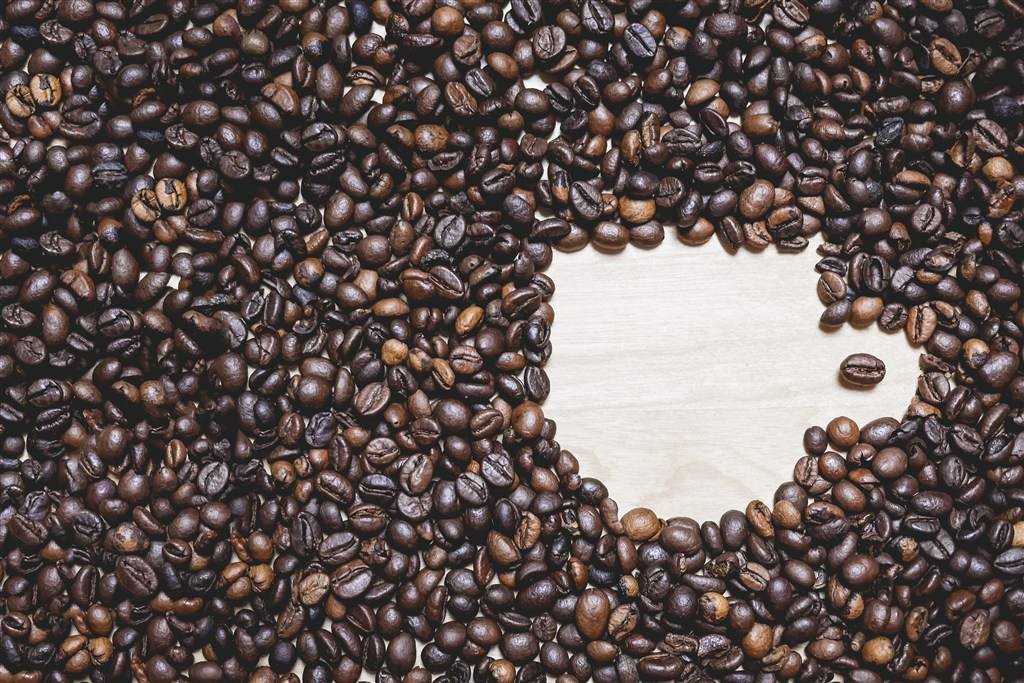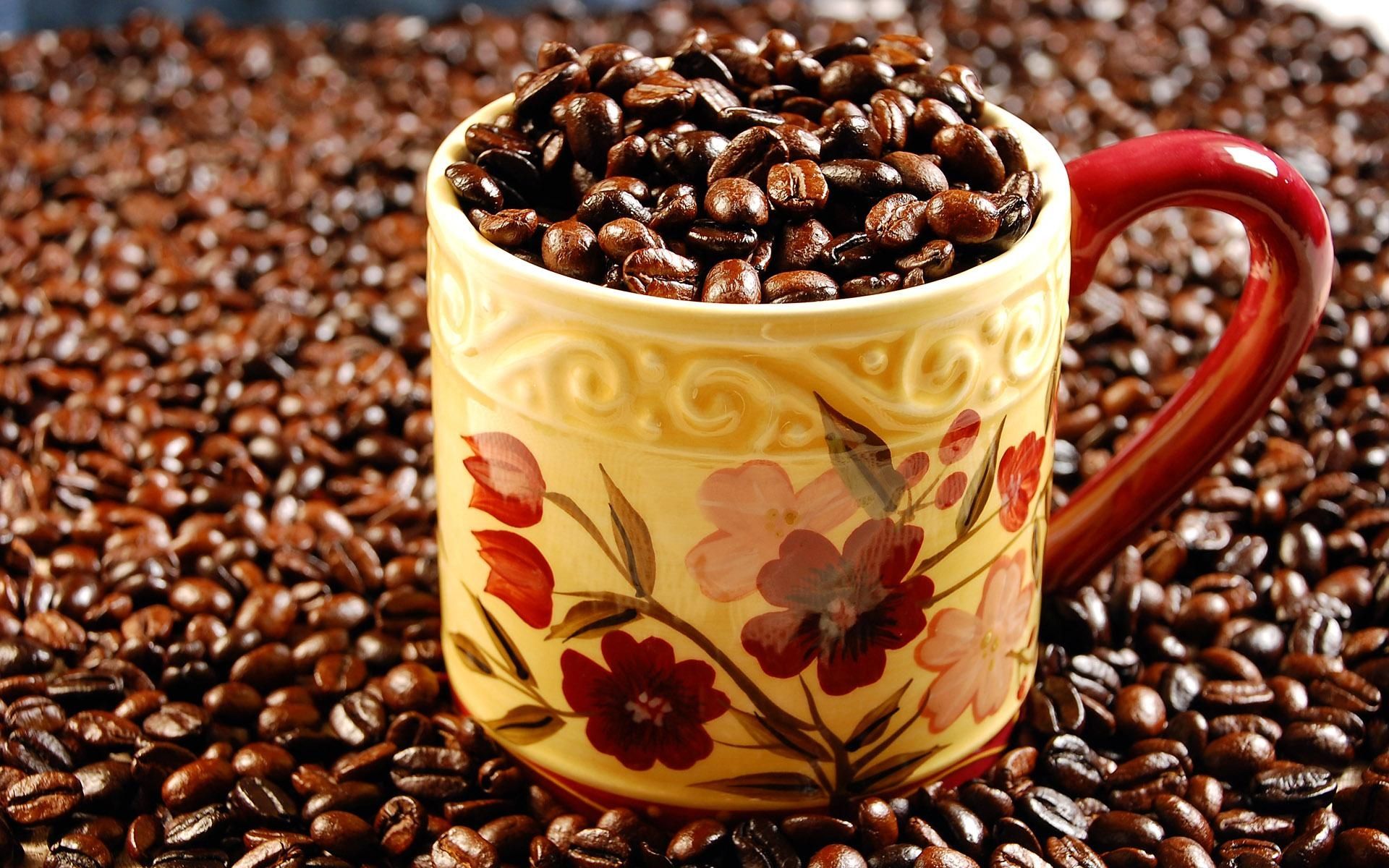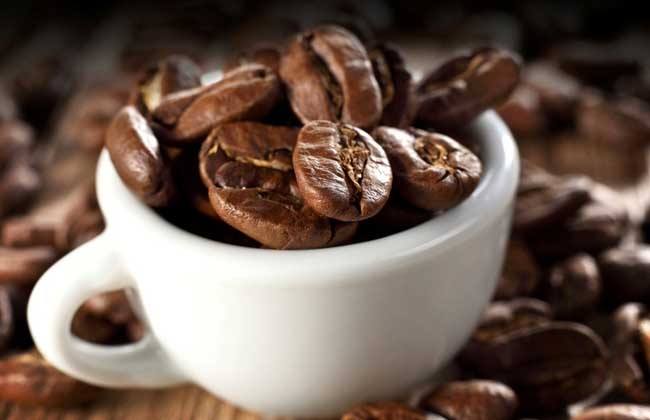Introduction to the history of Brazilian coffee, the steps of brewing Brazilian coffee.
Follow the caf é (Wechat official account vdailycom) and found that Beautiful Cafe opened a small shop of its own.
Introduction to the History of Brazilian Coffee
Brazilian coffee generally refers to coffee produced in Brazil. There are many kinds of Brazilian coffee, and like other Arabica coffee, Brazilian coffee is called "Brazils" to distinguish it from "Milds" coffee. The vast majority of Brazilian coffee is unwashed and sun-dried and is classified according to the name of the state of origin and port of transport. Brazil has 21 states, 17 of which produce coffee, but four of them produce the largest, accounting for 98 per cent of Brazil's total output: Parana, SaoPaulo, MinasGerais and EspiritoSanto, with the southern state producing the most, accounting for 50 per cent of total production.
Low acidity, moderately roasted coffee beans from the World Coffee Center.

Brazil is vividly compared to the "giant" and "monarch" of the coffee world. There are about 3.97 billion coffee trees there, and small farmers now grow 75% of Brazil's total coffee production. The number of coffee producers in Brazil is twice or even three times that of Colombia, the second largest coffee producer in the world.
Unlike in the past, Brazil's economy is now less dependent on coffee, which accounts for only 8% to 10% of GDP. Before World War II, Brazil accounted for 50% or more of the world's coffee production, and now it is close to 30%. But the country's impact on the world's coffee, especially on coffee prices, is significant. For example, two frost disasters in 1994 caused a sharp rise in global coffee prices.
Since the introduction of coffee trees from French Guiana (Guyana) in 1720, coffee production has gradually become a science. Before 1990, the Brazilian government carried out strict monitoring of the coffee industry, with both strict intervention and price protection measures, and the state has been implementing minimum price protection measures for farmers, resulting in coffee overproduction. Before World War II, the remaining stock reached 78 million bags, which had to be burned by fire or thrown into the water to destroy.
Since the opening of the free market in 1990, the original Brazilian Coffee Authority (IBC) has been replaced by the National Economic Association, the country's non-investment administrative body, which pursues a policy of non-intervention and allows producers to negotiate directly with exporters. The business activities of exporters are supervised by the government legislation, and the relevant departments register legitimate exporters. Brazilian coffee brewing
Single product production
Roasting: more and more people are fond of roasting their own coffee beans, because usually after the coffee beans are roasted, they can only keep their freshness for 1 to 7 days, and then they begin to stale, leaving only bitterness and no mellow taste. Therefore, self-baking can ensure the freshness of coffee beans.
The traditional roaster is drum-type, which has the characteristics of stewing, which will make the coffee beans more mature and full-bodied. The household drum roaster can bake half a pound of coffee beans at a time, and the baking time (including cooling and producing beans) takes about 210.25 minutes. If you want to roast deeply, you only need to increase the time. When in use, just put the raw beans, set the baking degree, press the start button, from baking to cooling, the roaster can automatically complete.
Grinding: in order to blend with water, coffee has made the greatest sacrifice-smashing into pieces. Before brewing coffee, the beans must be ground into fine grains to increase the contact area between water and coffee in order to extract the delicacy. In fact, the bean grinder is more important than the coffee machine. At present, most people choose the "sawtooth grinder" because it can grind uniform coffee powder quickly and steadily. The operation method of the sawtooth bean grinder is very simple, generally speaking, it will have two setting functions, one is to set the grinding degree, the other is to set the grinding time. The degree of grinding is mostly expressed in Arabic numerals, and the smaller the number is, the finer the grinding is. On the top of the bean grinder is a funnel shaped box containing unground beans, and below is a drawer to hold the ground coffee powder. When you choose to buy a bean grinder, you should pay attention to its power, usually between 70 watts and 150 watts, the higher the better, the higher the power, the faster the grinding speed, and the shorter time the coffee powder stays in the sawtooth, so it can grind the coffee powder at low temperature.
Brewing: to brew a good cup of coffee, you should not only have fresh coffee powder and slightly harder water, but also a set of easy-to-use brewing tools. There are three main types of coffee machines in common use.
Drip filter: wet the coffee powder with water and let the coffee liquid flow through the filter cloth or filter paper and flow into the container at the speed of natural fall. Basically, this method does not soak the coffee powder, just let the hot water pass slowly through the coffee powder. Both the drip cup and the electric coffee maker fall into this category and are the simplest brewing tools that can make clean and brightly colored coffee.
Bubble type: put the coffee powder into the pot, soak it in hot water for several minutes, and then filter out the coffee grounds by a filter cloth or screen to form a cup of coffee liquid.
Siphon pots, drip pots, Belgian coffee pots and Vietnamese coffee pots are all follicular brewing tools, and they all have a soaking process to form a more complex taste.
High-pressure type: use pressurized hot water to penetrate the compacted coffee powder to produce a thick cup of coffee in this form of tools such as a mocha pot and an espresso machine.
Quick brewing method: can use Italian espresso machine, faster coffee brewing method. The Italian espresso machine can extract several cups of coffee successively. The oil and gum in the coffee beans can be emulsified and dissolved under high pressure during the brewing process, and the essence of the beans is completely extracted by pressure, making the brewed coffee stronger, better in taste and flavor.
Mixed preparation
First add deep-fried coffee to the cup, pour the same amount of milk into the milk pan, boil over low heat, add cream before foaming, do not wait for the foam to disappear and pour on the coffee.
Important Notice :
前街咖啡 FrontStreet Coffee has moved to new addredd:
FrontStreet Coffee Address: 315,Donghua East Road,GuangZhou
Tel:020 38364473
- Prev

What are the characteristics of Brazilian coffee, Brazilian coffee beans origin
Pay close attention to coffee comment (Weixin Official Accounts vdailycom ) and find that a beautiful coffee shop opens its own small shop. Brazilian coffee features this largest coffee producing place. Coffee of various grades and types accounts for one third of the world's consumption and occupies a place in the global coffee trading market. Although Brazil faces several times more natural disasters than other regions, its cultivable area has been increased.
- Next

Brazilian coffee bean producing area climate Brazil Arabica bourbon coffee beans medium roasting and brewing flavor
Following Cafe Review (official Wechat account vdailycom) found that Brazilian Coffee has a lower sour taste in the taste, matching the bitterness of the coffee. The entrance is extremely smooth, but also with a hint of grass, slightly bitter in the fragrance, smooth and smooth, with a pleasant aftertaste. There are no outstanding advantages for Brazilian coffee.
Related
- Detailed explanation of Jadeite planting Land in Panamanian Jadeite Manor introduction to the grading system of Jadeite competitive bidding, Red bid, Green bid and Rose Summer
- Story of Coffee planting in Brenka region of Costa Rica Stonehenge Manor anaerobic heavy honey treatment of flavor mouth
- What's on the barrel of Blue Mountain Coffee beans?
- Can American coffee also pull flowers? How to use hot American style to pull out a good-looking pattern?
- Can you make a cold extract with coffee beans? What is the right proportion for cold-extracted coffee formula?
- Indonesian PWN Gold Mandrine Coffee Origin Features Flavor How to Chong? Mandolin coffee is American.
- A brief introduction to the flavor characteristics of Brazilian yellow bourbon coffee beans
- What is the effect of different water quality on the flavor of cold-extracted coffee? What kind of water is best for brewing coffee?
- Why do you think of Rose Summer whenever you mention Panamanian coffee?
- Introduction to the characteristics of authentic blue mountain coffee bean producing areas? What is the CIB Coffee Authority in Jamaica?

